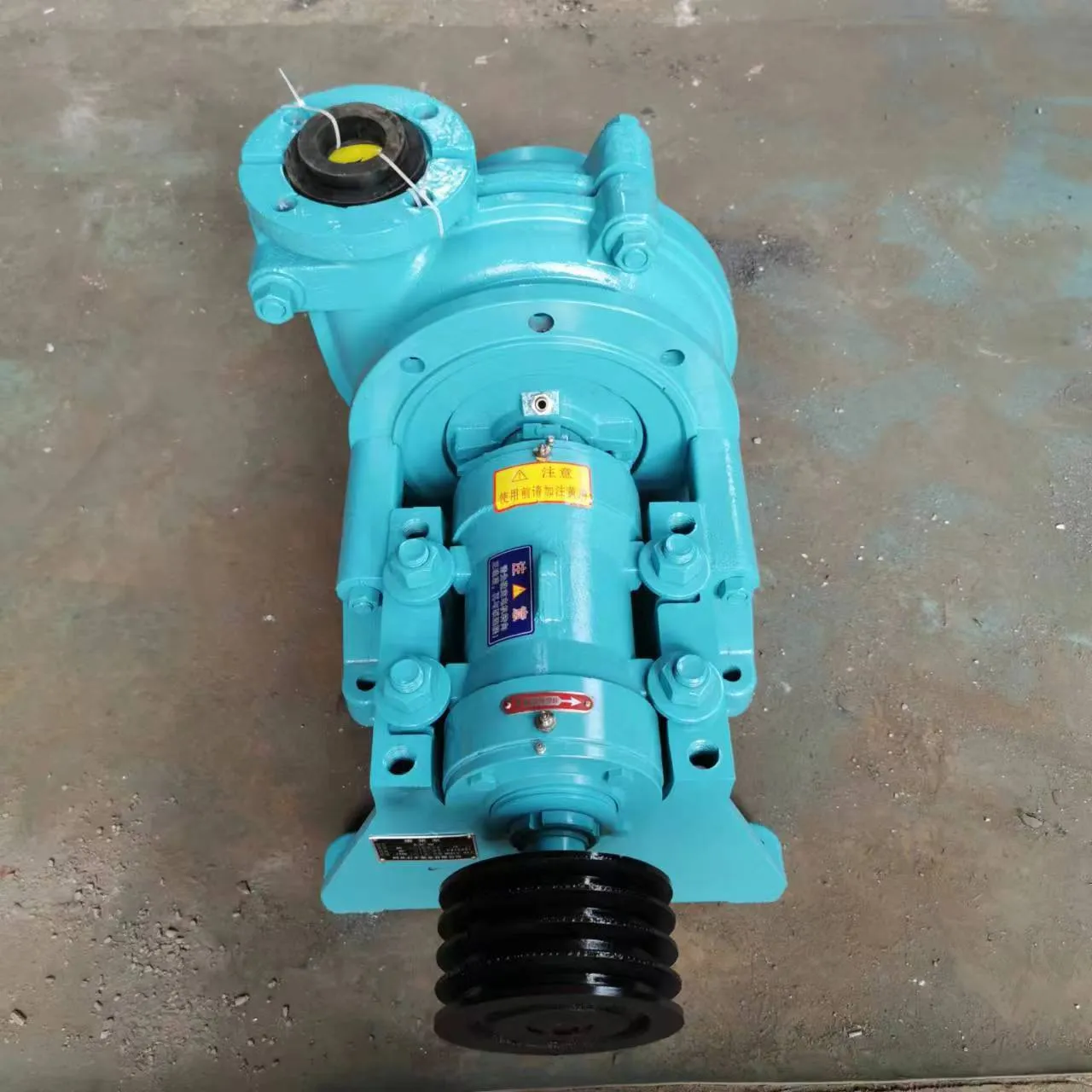Urdu
- Afrikaans
- Albanian
- Amharic
- Arabic
- Armenian
- Azerbaijani
- Basque
- Belarusian
- Bengali
- Bosnian
- Bulgarian
- Catalan
- Cebuano
- Corsican
- Croatian
- Czech
- Danish
- Dutch
- English
- Esperanto
- Estonian
- Finnish
- French
- Frisian
- Galician
- Georgian
- German
- Greek
- Gujarati
- Haitian Creole
- hausa
- hawaiian
- Hebrew
- Hindi
- Miao
- Hungarian
- Icelandic
- igbo
- Indonesian
- irish
- Italian
- Japanese
- Javanese
- Kannada
- kazakh
- Khmer
- Rwandese
- Korean
- Kurdish
- Kyrgyz
- Lao
- Latin
- Latvian
- Lithuanian
- Luxembourgish
- Macedonian
- Malgashi
- Malay
- Malayalam
- Maltese
- Maori
- Marathi
- Mongolian
- Myanmar
- Nepali
- Norwegian
- Norwegian
- Occitan
- Pashto
- Persian
- Polish
- Portuguese
- Punjabi
- Romanian
- Russian
- Samoan
- Scottish Gaelic
- Serbian
- Sesotho
- Shona
- Sindhi
- Sinhala
- Slovak
- Slovenian
- Somali
- Spanish
- Sundanese
- Swahili
- Swedish
- Tagalog
- Tajik
- Tamil
- Tatar
- Telugu
- Thai
- Turkish
- Turkmen
- Ukrainian
- Urdu
- Uighur
- Uzbek
- Vietnamese
- Welsh
- Bantu
- Yiddish
- Yoruba
- Zulu
Telephone: +86 13120555503
Email: frank@cypump.com
دسمبر . 17, 2024 06:28 Back to list
Comparative Analysis of Vertical Turbine Mixed Flow and Propeller Pump Performance
Understanding Vertical Turbine Mixed Flow and Propeller Pumps
Vertical turbine mixed flow and propeller pumps play a crucial role in various industrial applications, particularly in the water management, oil, and gas sectors. Their design principles and operational features set them apart from other pump types, making them highly efficient and suitable for specific applications. In this article, we will delve into the workings of these pumps, their advantages, and their applications.
Design and Functionality
Vertical turbine pumps are designed to move liquids vertically. The primary feature of these pumps is their shaft configuration, which is vertically oriented. This configuration allows them to be submerged in water sources, and they can be driven by electric motors located at the ground level. The pump unit consists of a series of stages, each containing an impeller and diffuser, allowing for increased efficiency in pumping applications.
Mixed flow pumps incorporate a combination of radial and axial flow. This means that as the liquid enters the impeller, it is propelled both outward and along the axial direction, resulting in a moderate head increase and a higher flow rate compared to strictly centrifugal pumps. Propeller pumps, on the other hand, utilize a propeller-like design to move fluids, generating a significant flow at relatively low heads. Both types of pumps are essential in situations requiring high flow volumes.
Advantages of Vertical Turbine Mixed Flow and Propeller Pumps
1. High Efficiency One of the most significant advantages of vertical turbine mixed flow and propeller pumps is their efficiency in moving large volumes of water. For applications requiring substantial discharge rates, these pumps provide optimal performance.
2. Versatility These pumps are adaptable to various settings. They can handle different fluid types, including clean water, wastewater, and even liquids with suspended solids, depending on the design specifications and materials used.
3. Space-Saving Design Vertical turbine pumps are often favored in environments where space is limited. Since the pump components are vertical, they require a smaller footprint compared to horizontal pumps of similar capacities.
4. Reduced Cavitation Risks The design of mixed flow and propeller pumps reduces the risks of cavitation, which can damage the pump and decrease efficiency. By maintaining a stable flow and pressure, these pumps can operate effectively in challenging conditions.
vertical turbine mixed flow and propeller pumps

5. Longevity and Durability Built with robust materials and advanced engineering designs, vertical turbine mixed flow and propeller pumps are constructed to withstand harsh operating environments, leading to a longer lifespan.
Applications
Vertical turbine mixed flow and propeller pumps are utilized in diverse applications, including
- Water Supply and Distribution Municipal water systems depend on these pumps to ensure a reliable supply of water for households and industries.
- Irrigation In agriculture, these pumps facilitate the irrigation of crops, providing essential water resources to maximize yield.
- Industrial Processes Many industries use these pumps for process water requirements, cooling systems, and even chemical transfer.
- Drainage and Flood Control In flood-prone areas, vertical turbine pumps are vital for draining excess water and preventing flooding.
- Oil and Gas In the oil industry, these pumps are employed in various processes, including the transfer of crude oil and water injection for enhanced oil recovery.
Conclusion
Vertical turbine mixed flow and propeller pumps stand out for their efficiency, adaptability, and practical applications across various sectors. Understanding these pumps' design features and operational capabilities is essential for selecting the right pumping solution for specific needs. As technology advances, we can expect further improvements in pump designs leading to even greater efficiency and reliability in fluid management processes. Their ongoing relevance in an array of industries underscores the ingenuity behind these engineering staples, which continue to prove indispensable in managing vital liquid resources.
-
Horizontal Split Case Pump with GPT-4 Turbo | High Efficiency
NewsAug.01,2025
-
ISG Series Pipeline Pump - Chi Yuan Pumps | High Efficiency, Durable Design
NewsAug.01,2025
-
Advanced Flue Gas Desulfurization Pump with GPT-4 Turbo | Durable & Efficient
NewsJul.31,2025
-
ISG Series Vertical Pipeline Pump - Chi Yuan Pumps | Advanced Hydraulic Design&Durable Construction
NewsJul.31,2025
-
ISG Series Vertical Pipeline Pump - Chi Yuan Pumps | Energy Efficient & Low Noise
NewsJul.31,2025
-
pipeline pump - Chi Yuan Pumps Co., LTD.|High Efficiency&Low Noise
NewsJul.31,2025










